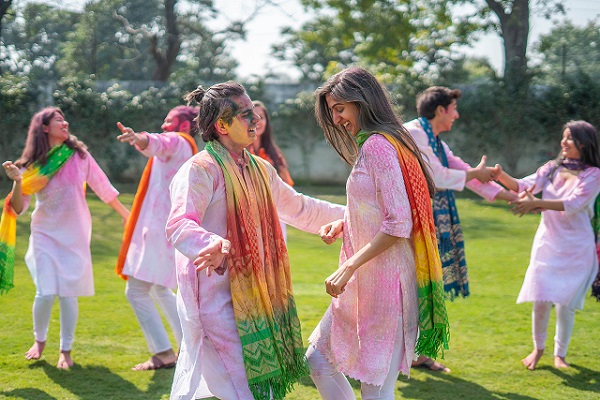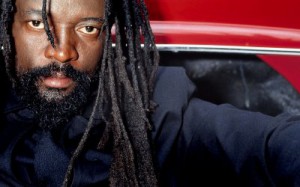Dancing is an ancient cultural practice and can be seen in cave drawing dating back millenniums. Dance movements, usually accompanied by some kind of music can be wild and abandoned or slow and graceful, depending on the tempo and purpose of the dance. In pre-history, dance had different functions; some were for festivals, or to express some joyous occasion. However, most were ritualistic. Ritualistic dance expressed devotion to a deity and in so doing; often the dancer invited the deity to be present or to possess the body of the host. War dances, another form of ritualistic dance, was often performed to incite revenge and hatred in the onlookers, and to ask favour for protection and victory. Fertility dances were performed for the purpose of reproduction, whether human, animal or vegetable.
Although there are more than 300 different dances in India, these can be put into three main categories: Classical, Folk and Bollywood. At its inception classical dances were performed in theatres attached to Hindu temples and were performed for religious purposes, as expressions of worship and devotion. Classical dance forms that evolved over time have set rules, with each dance being the speciality of a particular region. Apart from hand and leg movements, the dancers portray various emotional expressions with their face, hands and entire bodies. Those non-verbal methods of communication often held codified messages that were known to the spectators. Over time, each dance form developed its own unique type of make-up to go along with the performances. Today, many dance schools incorporate costume designing and make-up as part of their curriculum. The costumes have their own styles and traditional patterns that are elaborate and richly designed, as is the type of costume jewellery made specifically for the dance.
Mehndi is an essential part of the make-up, and it is applied in various patterns for dance performances. Mehndi is painted on the body with henna powder. The practice dates back some 5,000 years and was practised in Ancient Egypt, where it was used to stain the toes and fingers in an effort to guarantee a pleasant trip, and acceptance into the afterlife by pleasing the gods. According to historian, Reginald Massey, during the Bronze Age, Egyptian Pharaoh, Senusret lll, had successful military campaigns that extended to Arabia and India (India Definitions and Clarifications p. 21). Therefore, Ancient Egypt being the dominant world power at that time would have influenced the cultures that they held dominion over. Today, although mehndi is an important part of the dance make-up process, primarily it was associated with ritualistic and religious ceremonies.
Click link below to see Map of India:





